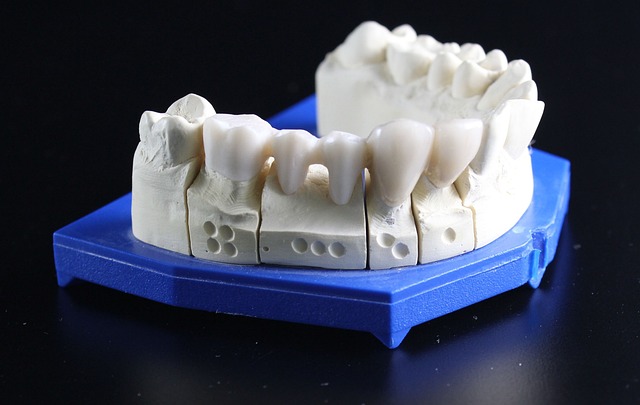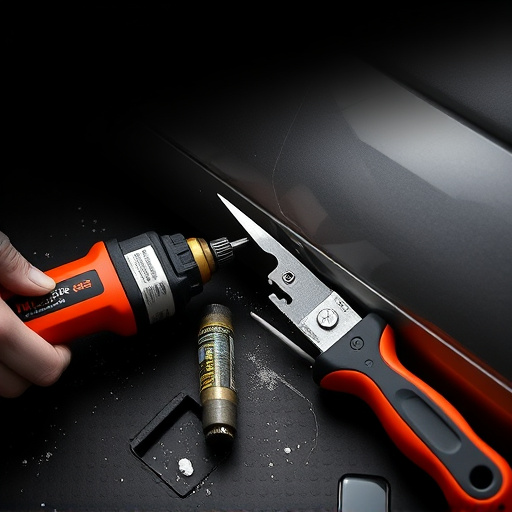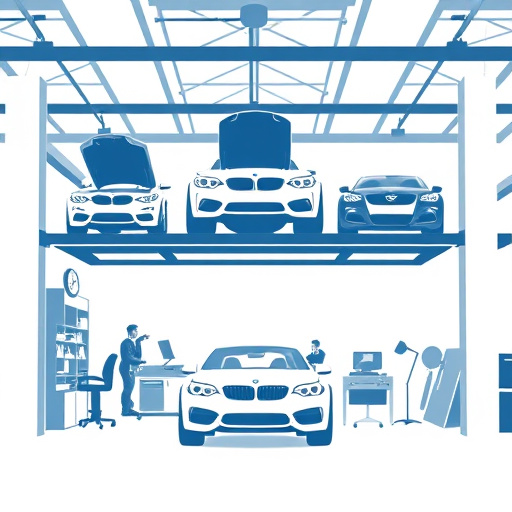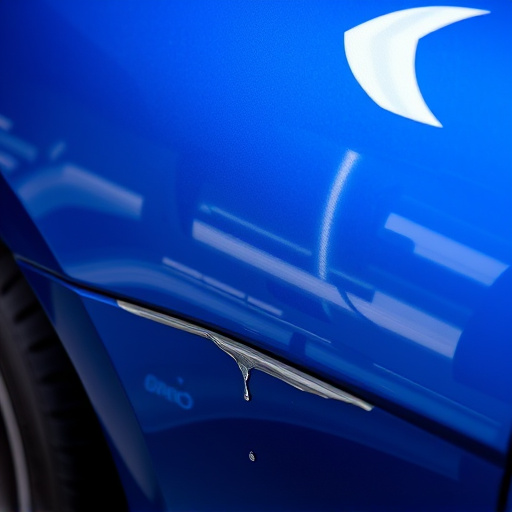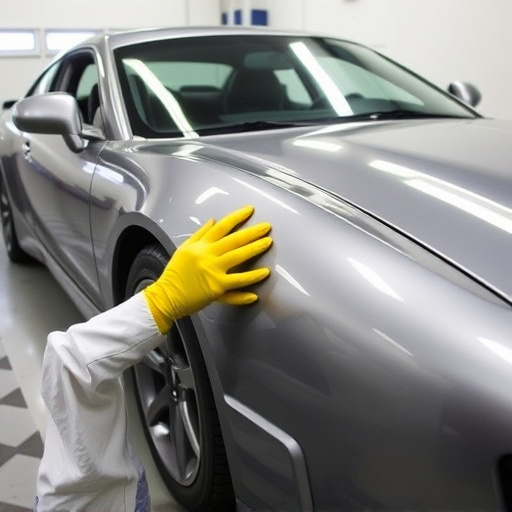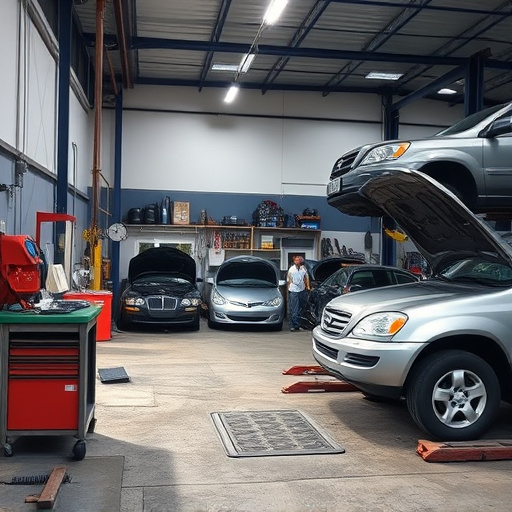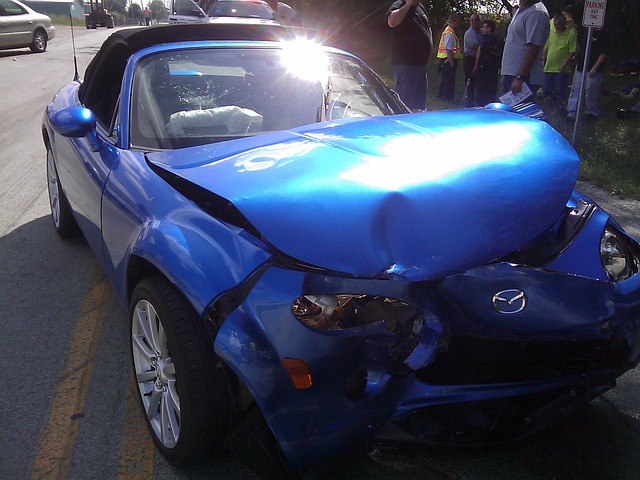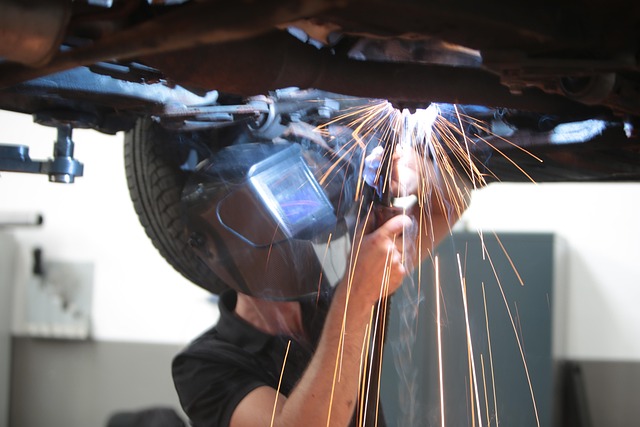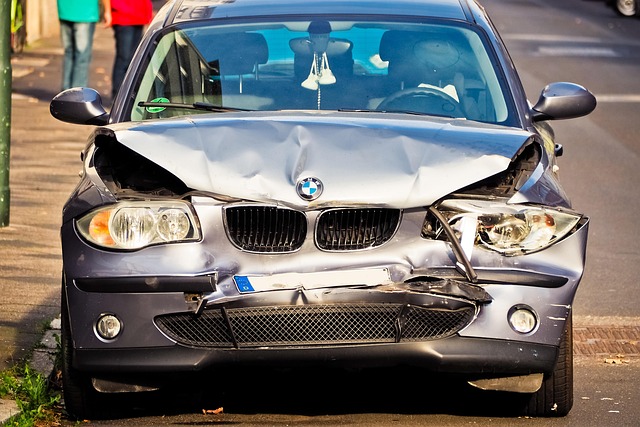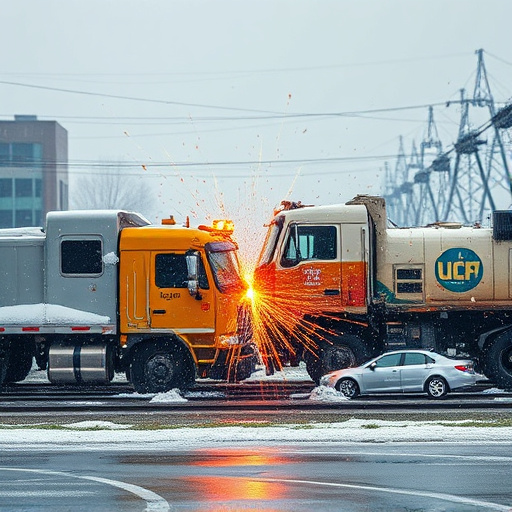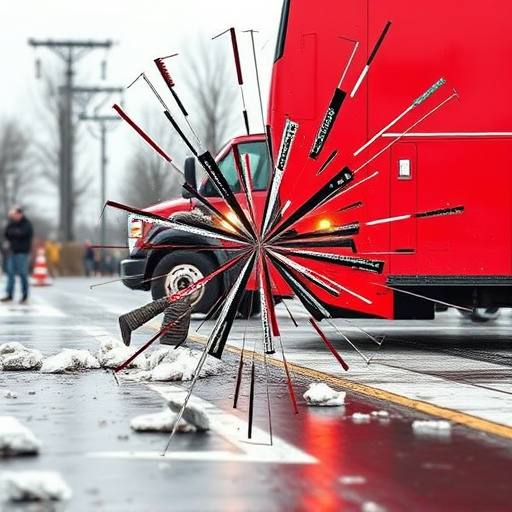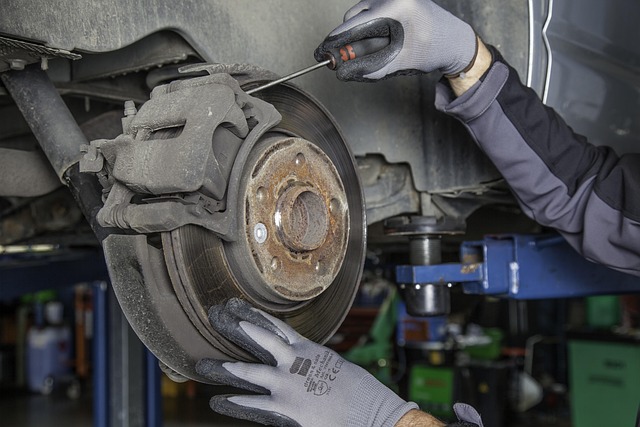Pulling system collision repair is a specialized automotive technique using controlled manipulation to inspect and replace structural damage thoroughly. Advanced tools enable precise access to hard-to-reach parts and rigorous testing for structural integrity. Comprehensive pre- and post-repair testing protocols establish performance baselines, identify potential issues, and ensure high-quality repairs that meet safety standards and deliver reliable handling, braking, and overall performance.
In today’s automotive landscape, understanding advanced collision repair techniques like pulling system collision repair is paramount. This specialized approach promises precise restoration, ensuring vehicles return to their pre-accident condition. Our article delves into the intricacies of this method, exploring its benefits and best practices. We’ll guide you through pre and post-repair vehicle testing protocols, revealing how these steps guarantee optimal performance after any collision.
- Understanding Pulling System Collision Repair Techniques
- Pre and Post-Repair Vehicle Testing Protocols
- Ensuring Optimal Performance After Collision Repair
Understanding Pulling System Collision Repair Techniques
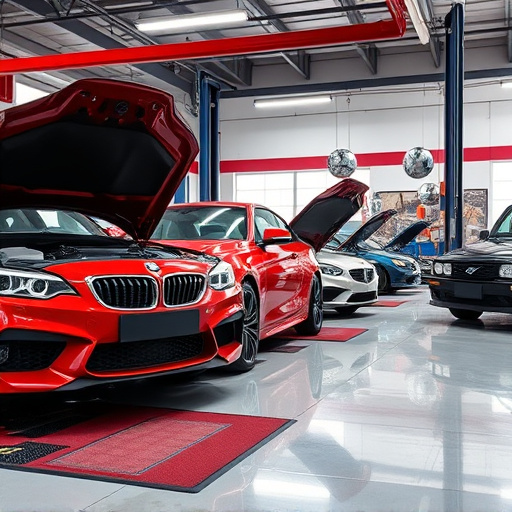
Pulling system collision repair is a specialized technique employed by automotive professionals to address complex vehicle damage. Unlike traditional repair methods, this approach utilizes a controlled environment where the vehicle is pulled apart and reassembled, allowing for precise manipulation of components. This method is particularly useful for repairing structural damage, ensuring that every part is examined and replaced as needed. By employing advanced tools and precision engineering, pulling system collision repair offers a level of accuracy that promotes both safety and aesthetics in auto maintenance.
The process involves carefully separating the affected areas of the vehicle, often with the aid of specialized equipment, to gain access to hard-to-reach components. This meticulous disassembly enables technicians to inspect hidden or damaged parts, ensuring no underlying issues go unnoticed. Once the repair work is completed, the vehicle undergoes rigorous testing to verify its structural integrity and performance. Vehicle repair services that incorporate pulling system collision repair are renowned for their effectiveness in restoring vehicles to their pre-accident condition, highlighting the importance of such techniques in the industry.
Pre and Post-Repair Vehicle Testing Protocols
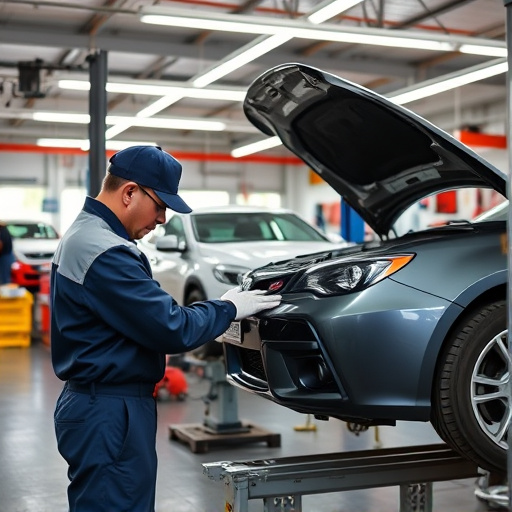
Before any pulling system collision repair begins, a thorough pre-repair vehicle testing protocol should be executed to establish a baseline for the car’s performance and condition. This includes running comprehensive diagnostics on all systems—from engine and transmission to brakes and suspension—to ensure they function optimally. Dynamic tests like road simulations are crucial to simulate real-world driving conditions, allowing technicians to identify any pre-existing issues that might be amplified during the repair process.
Post-repair vehicle testing is equally vital. Once the pulling system collision repair is complete, a series of checks and balances are carried out to verify the effectiveness of the repair. This involves retesting all critical systems, conducting road simulations to ensure the vehicle handles and performs as expected, and comparing test results against pre-repair benchmarks. Such rigorous post-repair assessments not only guarantee the quality of automotive repair services but also help identify any unforeseen issues, ensuring the safety and reliability of the restored vehicle.
Ensuring Optimal Performance After Collision Repair
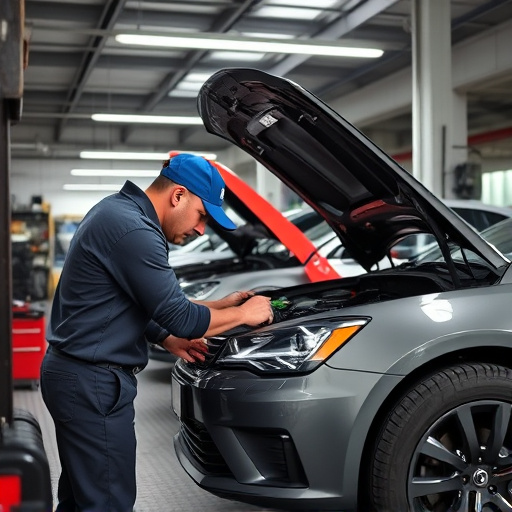
After a collision, ensuring optimal performance from a vehicle is paramount. Comprehensive pulling system collision repair is crucial for restoring structural integrity and safety features. Skilled technicians meticulously assess and address damage, including intricate systems like brakes, suspension, and steering mechanisms. This meticulous process goes beyond visual repairs; it involves diagnostic testing to guarantee each component functions seamlessly post-repair.
Proper post-repair vehicle testing is integral to the customer’s satisfaction and safety. This includes road simulations to verify handling, braking, and overall performance. Advanced diagnostics tools help detect even subtle issues that might have been missed during initial inspections. By combining expert pulling system collision repair with rigorous post-repair testing, vehicles return to the road with enhanced reliability, ensuring a smooth and secure driving experience for all.
Pulling system collision repair, with its precision and comprehensive testing protocols, ensures vehicles return to optimal performance after a crash. By understanding specialized techniques and adhering to rigorous pre- and post-repair assessments, professionals can guarantee safety, efficiency, and superior quality in every restoration process. This meticulous approach is key to restoring vehicles to their original condition, ensuring peace of mind for all road users.

